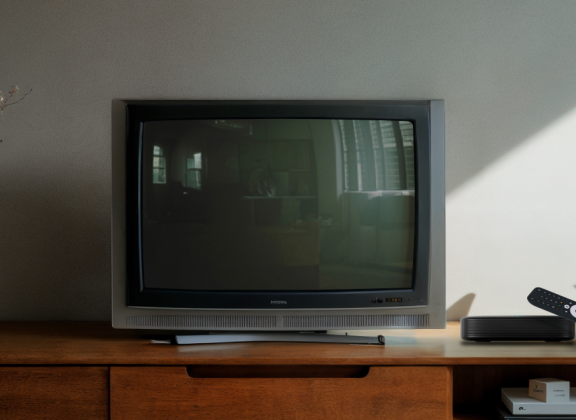As the world shifts toward smart TVs and ultra-high-definition screens, many households still own older TVs that continue to function well. These legacy models usually lack HDMI ports, Wi-Fi, or smart features, relying instead on analog video inputs. Replacing them might seem unnecessary, especially when they still serve their basic purpose—displaying video. The good news? Even without modern specs, such TVs can still stream IPTV content, provided you select the right IPTV box for non-smart TV setups. This article will walk you through what to look for when choosing a streaming solution for outdated televisions.
Why a Typical IPTV Box May Not Be Compatible
Most modern IPTV streaming devices are designed with HDMI outputs and optimized for Full HD or 4K playback. But older TVs, especially CRT units, tend to support only composite video input via RCA (yellow, white, red) or, in some cases, SCART. Without a compatible digital to analog signal conversion tool, they can’t process input from new players. Even if you use an adapter, some models won’t deliver stable video without quality loss.
Essential Features When Selecting an IPTV Box for Older TVs
Analog compatibility. Choose a device that includes HDMI output and works with an HDMI to AV converter or composite cable setup. Many IPTV users connect their devices to older televisions using RCA adapters, enabling full functionality without smart TV hardware.
Support for low-resolution formats. Most outdated TVs can’t handle 1080p or 4K signals. Look for an IPTV player that allows you to manually select 480p or 576i/p output—crucial for maintaining legacy TV support and avoiding resolution mismatch issues.
User-friendly and clean interface. For analog screen streaming, interface clarity is vital. Devices based on Linux often offer simple menu layouts, while Android TV™ or Google TV™ models allow customization—enlarging icons and simplifying visuals for better readability on non-smart displays.
Flexible control and connectivity options. A USB port is a huge benefit—it lets you connect peripherals like a wired mouse or keyboard. Voice navigation through Google Assistant is also valuable when screen clarity is limited or physical remotes are hard to use.
Stable performance on older setups. Streaming on older TVs still requires processing power. Opt for a streaming device for outdated TVs with a reliable processor and well-optimized OS. It should handle video playback efficiently, avoid overheating, and remain responsive over long periods without rebooting.
Other Things to Keep in Mind
Power access: Legacy TVs are sometimes placed far from outlets. Make sure the IPTV box has a long enough cable or can be powered via USB if needed.
Remote usability: Tiny-button remotes can be challenging for seniors. Choose a player with a simplified remote or use a mobile control app to improve accessibility.
Language support: Ensure the device supports your local language—this is particularly important for children and elderly users who rely on intuitive navigation.
Bringing IPTV to an old TV is more than possible—it’s practical and cost-effective. With the right IPTV player for analog screens and perhaps an RCA to HDMI converter, you can unlock access to digital entertainment on even the most outdated setups. Just consider the TV’s limitations and select a low-cost IPTV solution that offers both compatibility and ease of use. Even without smart features, your old screen can become a reliable digital companion
